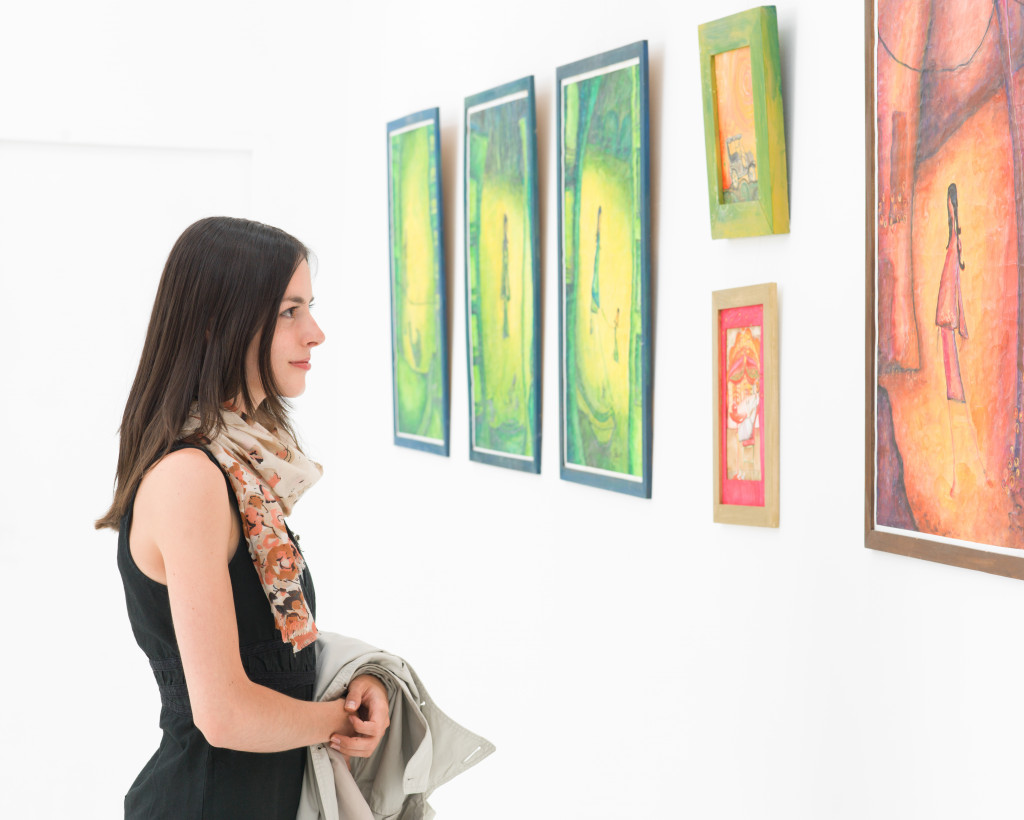- Sustainable practices in contemporary art reflect growing environmental awareness, integrating eco-friendly materials and processes for minimal ecological impact.
- Global initiatives like the UN’s SDGs guide artists and organizations toward sustainability, emphasizing art’s role in advocating for a healthier planet.
- Major art events, including the Venice Biennale, incorporate sustainability criteria, showcase ecological themes, and advance the conversation around environmental issues.
- The shift towards sustainability in art production signifies a deepening relationship between the creative sector and environmental preservation efforts.
In contemporary art, the flickering light of creativity is fueled by more than just inspiration—it’s energized by the materials and methods that bring an artist’s vision to life. However, as our planet faces unprecedented environmental challenges, the art community increasingly focuses on sustainable practices. This shift towards more ecologically responsible art production is not just a trend; it’s a profound transformation that aligns the realm of artistic endeavor with the urgent need for environmental stewardship.
The Shift Towards Sustainability in Art Production
The movement towards sustainable practices in art production is both a renaissance and a revolution. Over the past few decades, we’ve witnessed an evolution from traditional techniques, often laden with harmful chemicals and unsustainable materials, to methods that prioritize the well-being of our environment. Artists, galleries, and collectors are now exploring and championing sustainable art, which uses eco-friendly materials, minimizes waste, and reduces environmental impact.

Current Trends and Examples in Sustainable Art
Contemporary artists are not just adopting more sustainable practices but also innovating in this space. From using recycled materials to implementing energy-efficient studio practices, the art world is ripe with examples of sustainability in action. Artists like Olafur Eliasson and Maya Lin have been pioneers, integrating environmental themes into their work while adhering to sustainable production methods.
Materials and Methods
An essential aspect of sustainable art production is the selection of materials. More artists are using recycled, upcycled, and naturally sourced materials to create artwork. Simultaneously, the role of technology has been instrumental in advancing sustainable art. For instance, fine art—a technique embraced by numerous contemporary artists—has seen significant advancements in sustainability owing to eco-friendly inks and sustainably sourced papers.
The Impact of Digital Technologies
The emergence of digital art has opened new avenues for sustainability in the art world. Digital art production often requires fewer physical resources and presents innovative ways to engage with and distribute art, reducing the need for shipping and the associated carbon footprint. Furthermore, digital technologies like 3D printing are applied with sustainable materials, pushing the boundaries of what’s possible in eco-friendly art creation.
Reducing the Carbon Footprint in Art Production
Sustainable art production also involves a conscious effort to minimize energy consumption. Artists are adopting energy-efficient lighting, reducing studio waste, and employing renewable energy sources where possible. These strategies lessen the environmental impact of art production and inspire others outside the art community to consider more sustainable practices in their own lives.
Ethical Considerations and Social Responsibility
Sustainability in art extends beyond environmental concerns, encompassing ethical sourcing and social responsibility. This involves carefully choosing materials that are not only environmentally friendly but also ethically produced. More than ever, artists are now vocal advocates for sustainability, using their platforms to promote environmental awareness and inspire action among their followers.
Collaboration and Community Engagement
Collaborations between artists, communities, and environmental organizations bolster the sustainable art movement. These partnerships often result in innovative projects that highlight environmental issues and offer solutions. By working together, the art community can amplify its impact, pushing for greater changes in the art world and society at large.

Global Initiatives
Initiatives like the United Nations’ Sustainable Development Goals (SDGs) offer a framework for artists and art organizations aiming to contribute to a more sustainable future. International art fairs and biennales increasingly include sustainability criteria for participating artists and galleries. The Venice Biennale, for instance, has initiated discussions and exhibitions focused on ecological issues, demonstrating the art world’s commitment to global environmental sustainability efforts.
Conclusion
The transition towards sustainability in contemporary art production marks a significant moment in the relationship between art and the environment. By integrating sustainable practices, artists enrich their creative process and contribute to the vital cause of environmental preservation. The future of art lies in its ability to evolve, inspire, and ignite change—qualities that sustainable art embodies thoroughly.
As we look ahead, the role of artists, galleries, and collectors in supporting and promoting sustainable practices will be paramount. The collective efforts of the art community can lead to meaningful change, ensuring a vibrant and viable future for both art and the planet. Let’s all play our part in fostering this movement. Together, we can redefine the legacy of contemporary art as one that honors creativity and cherishes the world it reflects.


